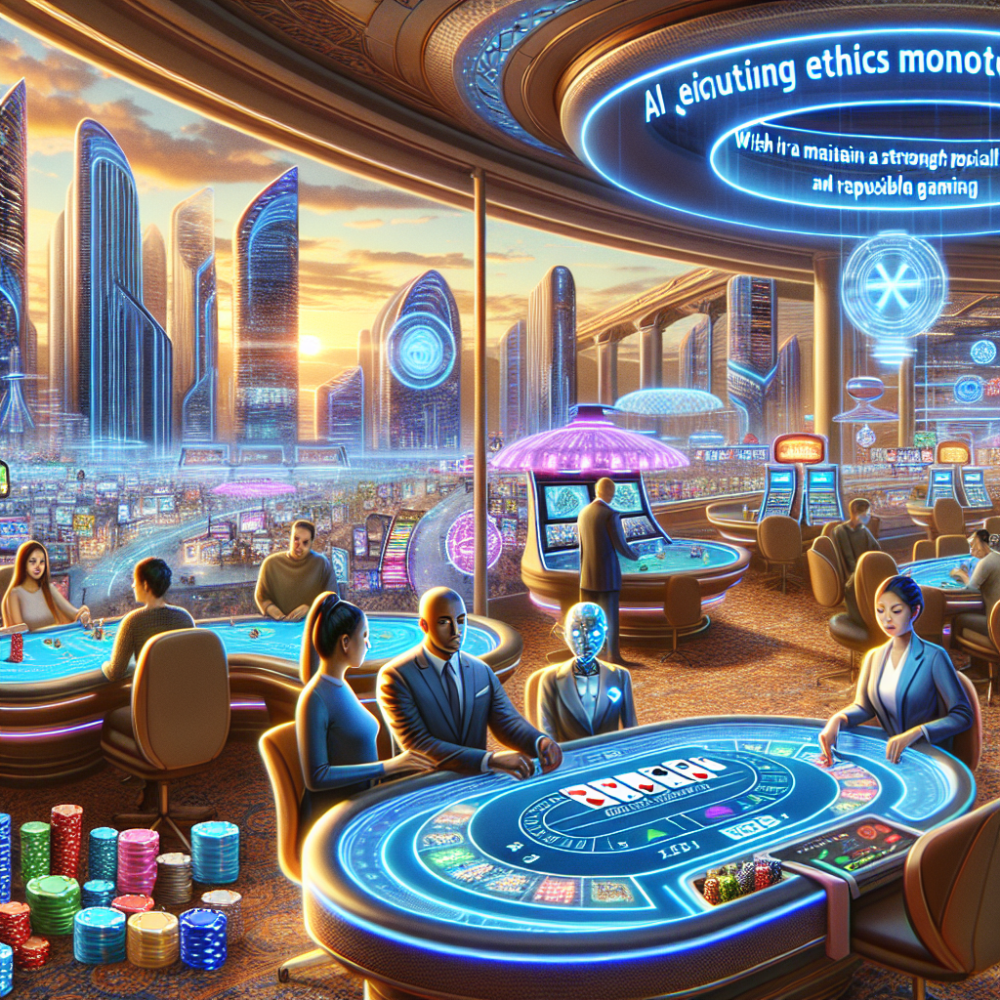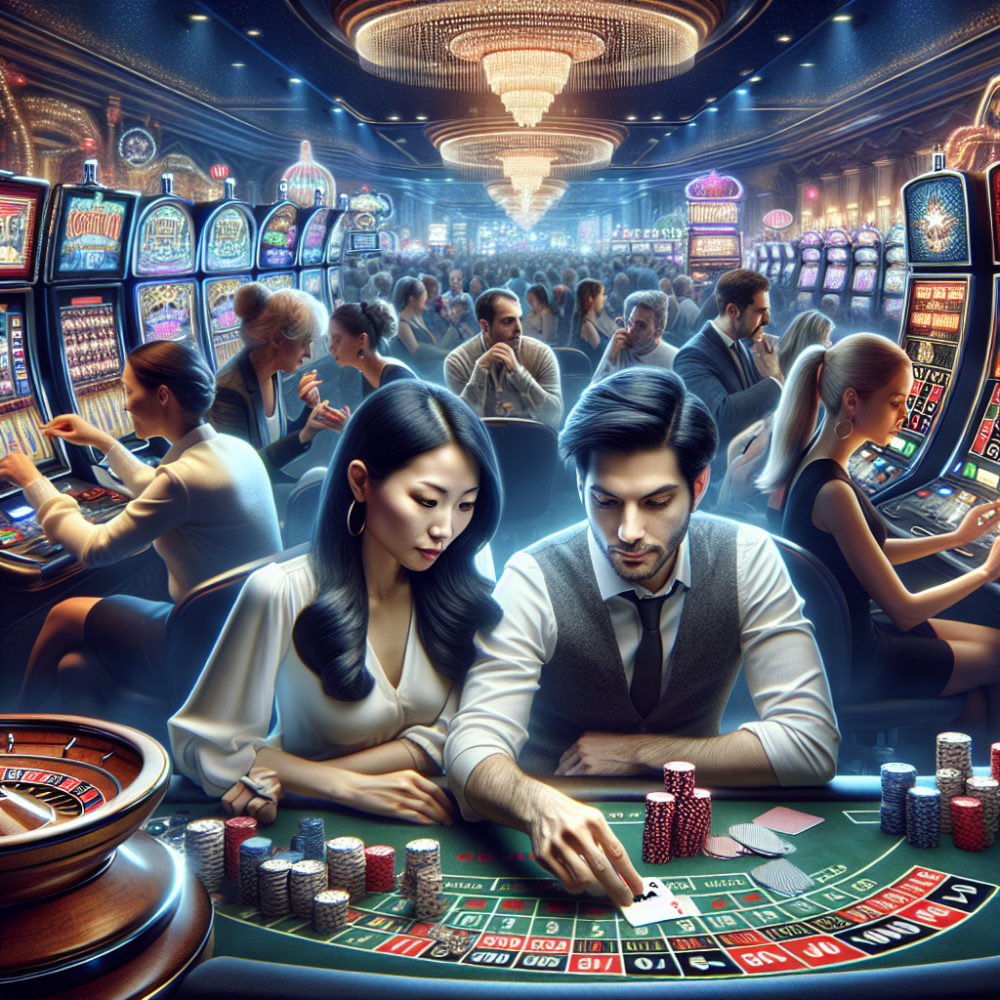Casinos are more than just places for gambling; they are meticulously designed environments that play a crucial role in maximizing revenue and enhancing player engagement. The layout of a casino is a critical factor that can influence the behavior of guests, encouraging them to spend more time and money. The strategic design of casino layouts involves a combination of psychology, design theory, and gaming management.
Understanding Casino Design
The primary goal of casino design is to create an environment that is inviting and comfortable yet stimulates engagement with games. Traditional designs have followed a maze-like structure, which leads guests through a labyrinth of gaming areas, often without a direct path to the exit. This design principle, often referred to as the "gaming design" or "playground design," is intended to captivate guests by immersing them in a world of sensory experiences.
The lighting, carpet patterns, ceiling height, and even the scent in the air are carefully curated to create an atmosphere that is simultaneously welcoming and disorienting. The vibrant carpets, often with large, swirling patterns, are not just chosen for their aesthetic appeal but to keep guests focused on gaming machines and tables by detracting from direct lines of sight and minimizing orientation cues.
Slot Machine Placement
Slot machines are typically the most profitable section of a casino and are strategically placed to optimize engagement. High-traffic areas such as the casino entrance and pathways to other gaming areas are lined with the most enticing machines, featuring bright lights and significant jackpot announcements. The placement not only grabs attention but also creates a sense of excitement and possibility that is hard to bypass.
Table Games Dynamics
Unlike slot machines, table games like blackjack, poker, and roulette require a different kind of engagement. These areas are often located deeper within the casino floor, creating a hub of activity that feels exclusive and enticing. The arrangement of tables is strategic; high-stakes tables are usually placed in the most secluded areas to offer privacy to high rollers, while more accessible tables are visible to passersby to entice participation.
Navigational Layouts
The navigational strategy in casino layouts also plays a fundamental role in player engagement. Pathways are often curved rather than straight; a strategy that not only adds an element of surprise but also gently guides players past more gaming areas. Signage is usually minimal to encourage exploration and discovery, leading to increased interaction with games.
Psychological Aspects
Casinos also use psychological strategies to keep players engaged. The absence of clocks and windows in gaming areas creates a timeless environment where the only focus is the immediate experience. Sound is another critical factor; the ringing bells and cheering sounds from slot machines create an atmosphere of winning and excitement, which encourages players to participate.
Enhancing Player Comfort
Comfort is another essential element in casino design. Seating, lighting, and even the spacing between game machines and tables are thoughtfully arranged to make players feel comfortable and willing to stay longer. Comfortable players are happy players, and happy players are more likely to engage more deeply and spend more money.
Innovations in Casino Design
With the advent of digital technology, casinos are also incorporating advanced tech solutions to enhance player experience and engagement. Interactive gaming machines, immersive video slots, and electronic table games are becoming more prevalent. These technologies not only add to the excitement of the casino floor but also allow for more personalized gaming experiences.
Conclusion
The strategic art of casino layouts is a complex, multifaceted approach that involves a deep understanding of human psychology, design principles, and gaming trends. The ultimate goal is to create an environment that maximizes player engagement and increases revenue while ensuring that the experience is enjoyable and memorable. As the industry continues to evolve, so too will the strategies used to design these captivating environments, ensuring that the casino industry remains both dynamic and profitable.




